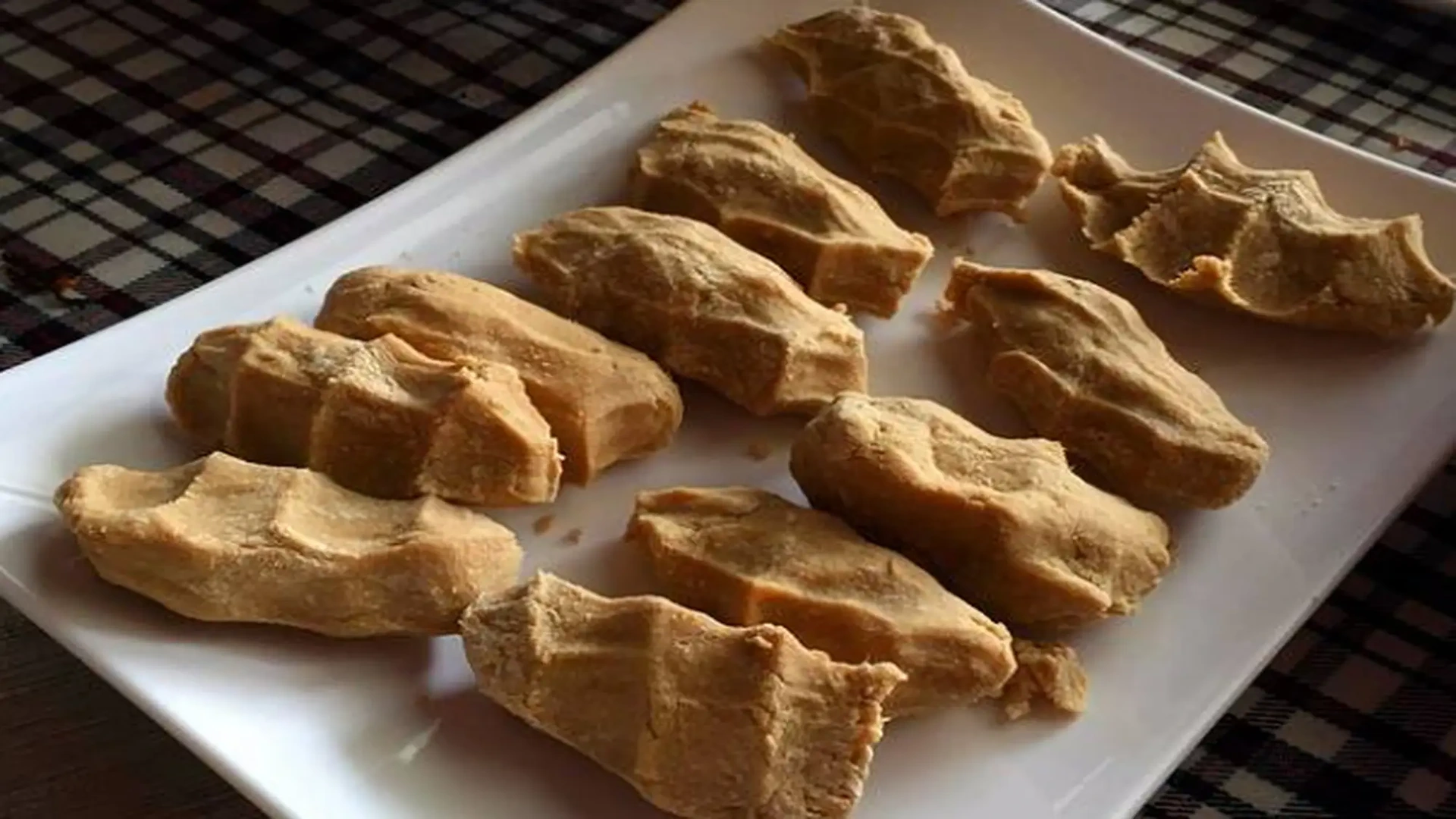ツァンパの喜び: ディキンの中心への料理の旅, Yunnan
情熱的な料理の開業医として, I am thrilled to delve into the world of one of Yunnan’s most cherished food traditions – ツァンパ, the staple food of the Tibetan people, particularly in Diqing’s Weixi County. This unique dish, made from roasted barley flour, ただの食事ではありません; it is a cultural emblem that speaks volumes about the region’s history, lifestyle, and culinary artistry.
起源と文化的背景:
Tsampa’s roots are deeply embedded in the high-altitude regions of the Tibetan Plateau, where it has been a dietary mainstay for centuries. Its origins are intertwined with the nomadic lifestyle of the Tibetan people, who needed a food that was easy to prepare, nutritious, and could withstand the harsh climatic conditions. 名前 “ツァンパ” itself is derived from the Tibetan word “tsam pa,” which means “roasted barley flour,” reflecting its primary ingredient.
材料と準備:
The making of Tsampa is a simple yet profound process. The main ingredient is barley, which is grown in the fertile lands of Yunnan and then roasted to bring out its nutty flavor. Once roasted, the barley is ground into a fine flour. The traditional method of preparation involves mixing the barley flour with butter tea, a beverage made from black tea, yak butter, and salt. This combination creates a warm, energy-rich meal that is both satisfying and comforting.
テクスチャーと外観:
Tsampa has a unique texture that is slightly gritty yet creamy when mixed with butter tea. The grains of barley flour are visible, giving the dish a rustic, earthy appearance. When properly prepared, it forms a paste that is easy to eat with one’s hands, a practice that is deeply ingrained in Tibetan culture. The color is a warm, golden brown, reminiscent of the fields of barley that blanket the landscape of Diqing.
代表的な料理と料理:
Tsampa is often enjoyed on its own, but it can also be the base for a variety of dishes. It can be shaped into dumplings filled with meat or vegetables, known as momos, or used as a thickener for soups. In some households, it is mixed with sugar and dried fruits to create a sweet treat. しかし, the most traditional and iconic way to enjoy Tsampa is as a simple, hearty meal with a cup of butter tea.
料理の特性:
What sets Tsampa apart is its versatility and the depth of flavor it offers. The roasted barley flour has a rich, toasty flavor that is enhanced by the addition of butter tea. The dish is not only a source of sustenance but also a symbol of hospitality and community. It is often shared among families and friends, fostering a sense of togetherness and warmth.
結論は, Tsampa is more than just a food; it is a culinary experience that connects the people of Diqing to their land, their history, and their culture. 食品実践者として, I am humbled by the opportunity to share this traditional dish with the world and to celebrate the culinary heritage of the Tibetan people in Yunnan’s Weixi County.
